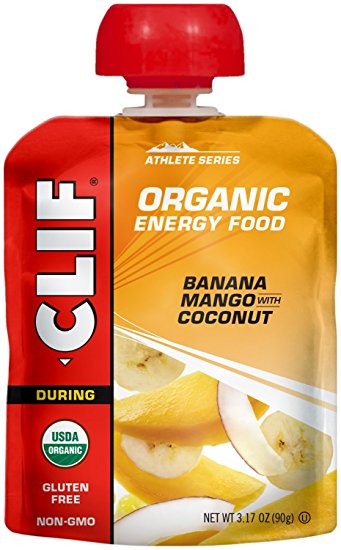The Tools of Training for a Marathon

I do enjoy the days where I can step out of the house with just my id, phone, headphones, and key, but I learned through trial and error my first time around that these basics were not going to cut it for running and training for a marathon. Prepping for long training run takes some effort to make it “less” painful (that possible?).
You will probably go through some level of trial and error in your own training practice, but I hope to offer some suggestions around the “tools of training for a marathon” to help ease the pain of those errors! Here are my top tools for training:
Properly fit shoes that haven’t gone more than 300 miles

For my first marathon, I was training in my favorite Saucony running shoes. I had invested $150 into these shoes and they had taken me comfortably 300+ miles over the previous year, so they should be ok to train in, right? Wrong.
After 5-6 weeks of long distance runs, I had developed terrible knee, ankle, and calf pain. I would finish a run, reach for a bottle of water and two bags of ice, crawl back to the entry way, and lie there with ice on my knees until I built up enough courage to endure the pain and make it to the shower. Turns out, the problem was I had put too many miles on my shoes and they were no longer supporting me correctly! Runners should put no more than 250-300 miles into their shoes before replacing them.
Nutrition
Energy gels are designed to replenish carbohydrate stores that are depleted when running. They keep you from getting “hazy” during a long training run and keep your energy levels up. It will probably take you some time to figure out which gels work best for you and how often to take them (I think this article explains really well how they gels work).
Here are my preferences…
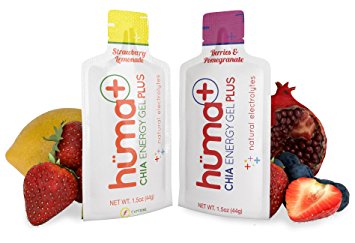
Mile 6 I take one gel, mile 13 I take a second gel. My go to gel is Huma. I use the Huma PLUS Chia Energy Gel in Strawberry Lemonade and Berries and Pomegranate. It’s an all-natural gel made with 100% natural ingredients and real food (chia seeds, fruit puree, brown rice syrup, sea salt, filtered water and coconut water). It’s not as hard on the stomach and the texture is that of jelly.
Mile 16-18 I usually get hungry for real food for something a little more substantial. I take one CLIF Organic Energy Food Pouch in the Banana Mango with Coconut flavor. I found this not only keeps me fueled, but also helps me with cramping.
Hydration
There came a day where I could not drink enough water to keep my hydrated, so I begin my search to find electrolytes that we’re packed with sugar. I landed on Coconut Water and Nuun.
I love Nuun’s large selection of flavors! Nuun is an electrolyte enhanced drink tab (gluten free, dairy + soy free) made from plant based ingredients. You can even add supplemental tabs called “plus for nuun” which adds more carbohydrates to your water for fast fueling and absorption.
Premium Music Plans (like Spotify)
If you are going out for a 20 mile run, it’s likely you’re either going to run into bad cell reception areas or you are going to hit a patch of clouds that interferes with your data. I recommend investing in a premium music plan so you can go out worry free that you’re going to lose your inspirational tunes.
Hydration Belt
I know, I know! It’s not fun to go out with a bulky water belt that bounces around. But if you are going to be training, it’s likely there aren’t going to be water fountains every 6 miles or so. Your muscles are going to need you to stay hydrated. And if you are taking Energy gels, they recommend that you drink water immediately following to help out dilute the sugars in your stomach (and keep you from getting sick).
Here is what I use:
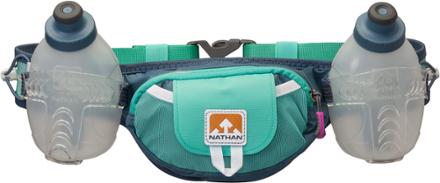
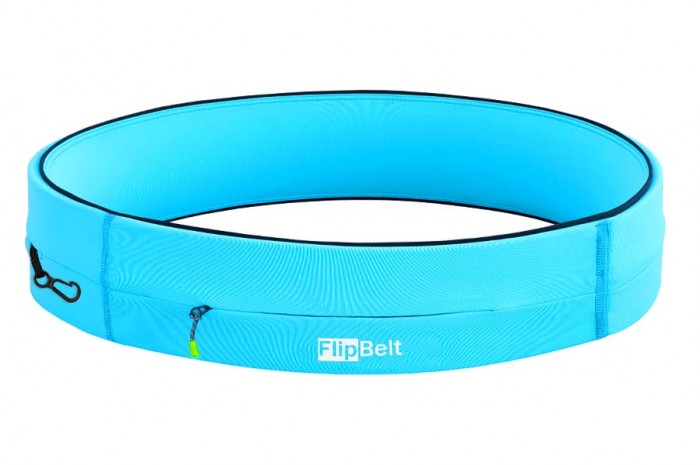
Kinesiology Tape (if you know how to use it)
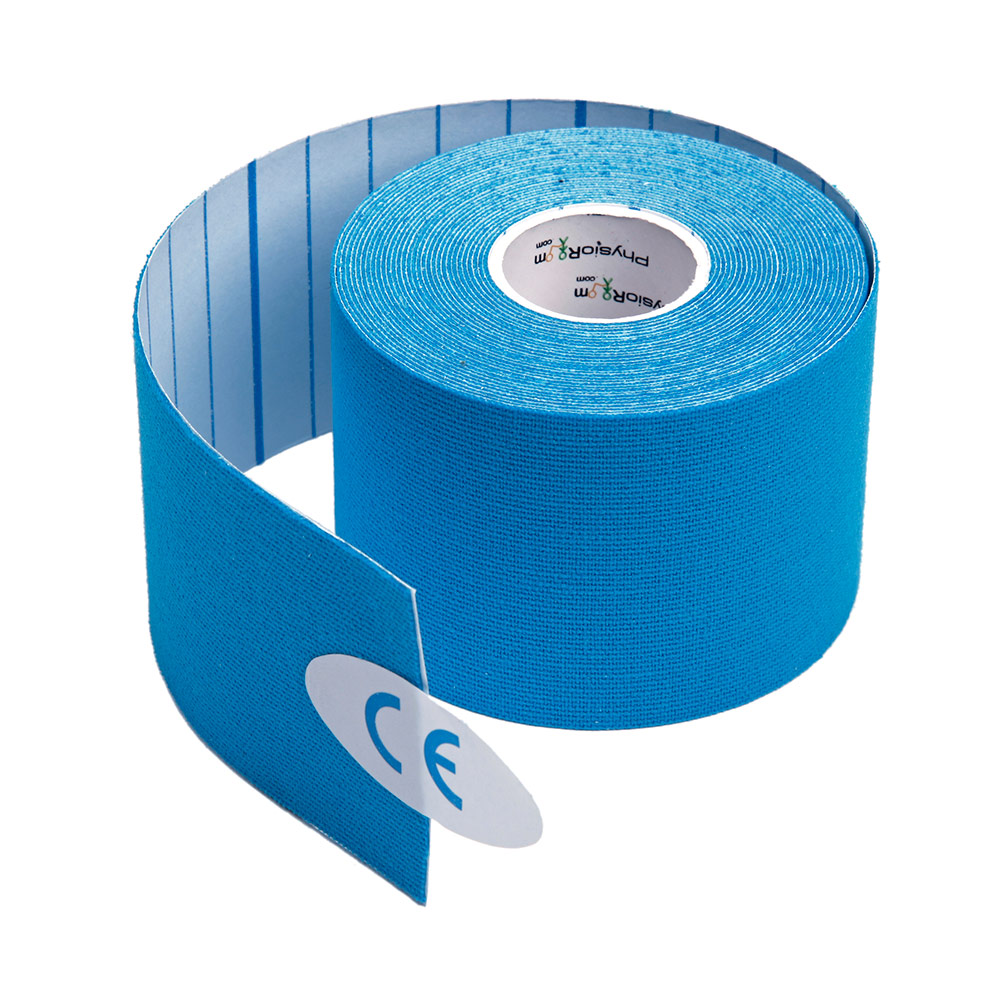
Let me caveat this with I don’t recommend kinesiology tape unless you know how to use it! K tape can be extremely helpful if you know how to use it correctly.
By targeting different receptors within the somatosensory system, K Tex Tape alleviates pain and facilitates lymphatic drainage by microscopically lifting the skin. This lifting affect forms convolutions in the skin thus increasing interstitial space and allowing for a decrease in inflammation of the affected areas. More info…
Used incorrectly, it can also cause damage. I used it a ton on my legs and hips after I saw a chiropractor regarding some of my pain points. He taught me how to use the K tape for the specific areas I was having issues with. I would recommend you doing the same before trying to cover yourself in K tape!
Cotton Free Socks
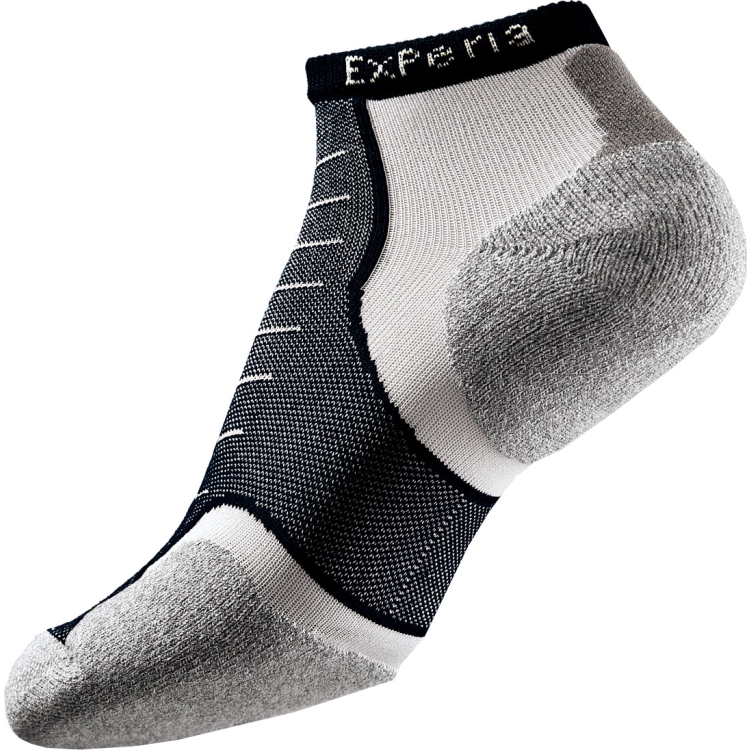
Invest in several pairs of cotton free running socks. Yes, $15 for a pair of socks seems like a lot, but the investment will save you miles of pain. Cotton retains moisture. When you combine moisture, heat and friction in your running shoes, you are more likely to get blisters and calluses. A synthetic pair will keep you running for miles comfortably.
Anti Chafing Product
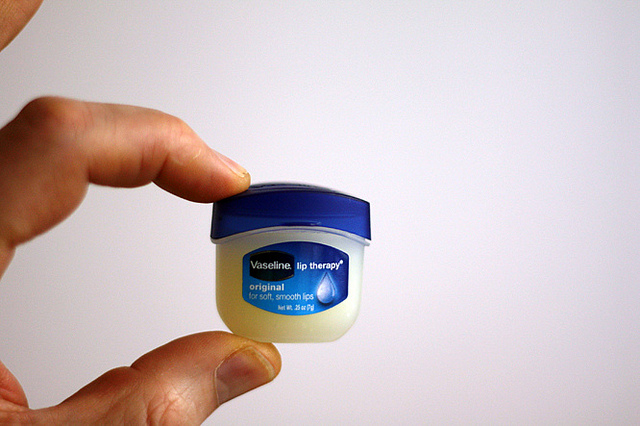
This is a not so fun topic to talk about, but it’s often the reality of running in the heat in sweaty clothing for long distances. There are a lot of products on the market, so experiment what works best for you! I found that just using vaseline keeps me comfortable for miles. I recommend putting some on in typical chafing spots before you run, then carry a travel size version in your running belt for long distance runs.

